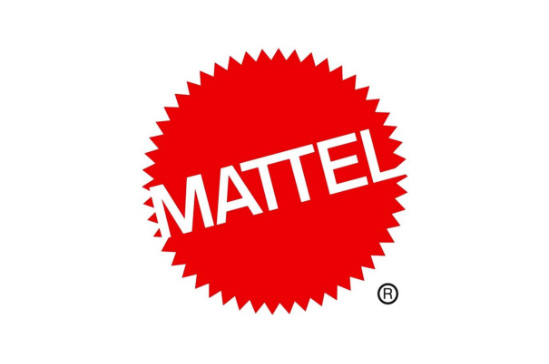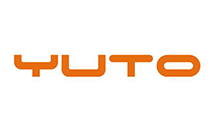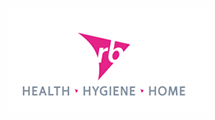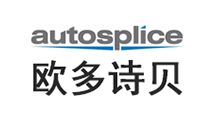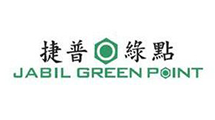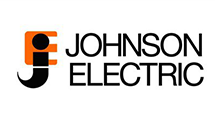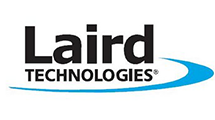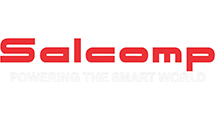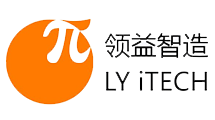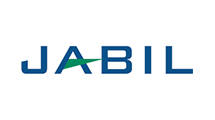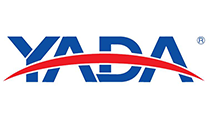Large vacuum formed shell
Large vacuum formed shell is a type of large plastic product processed through vacuum forming technology, which has a wide range of application fields and unique advantages. The following is a detailed introduction for you:
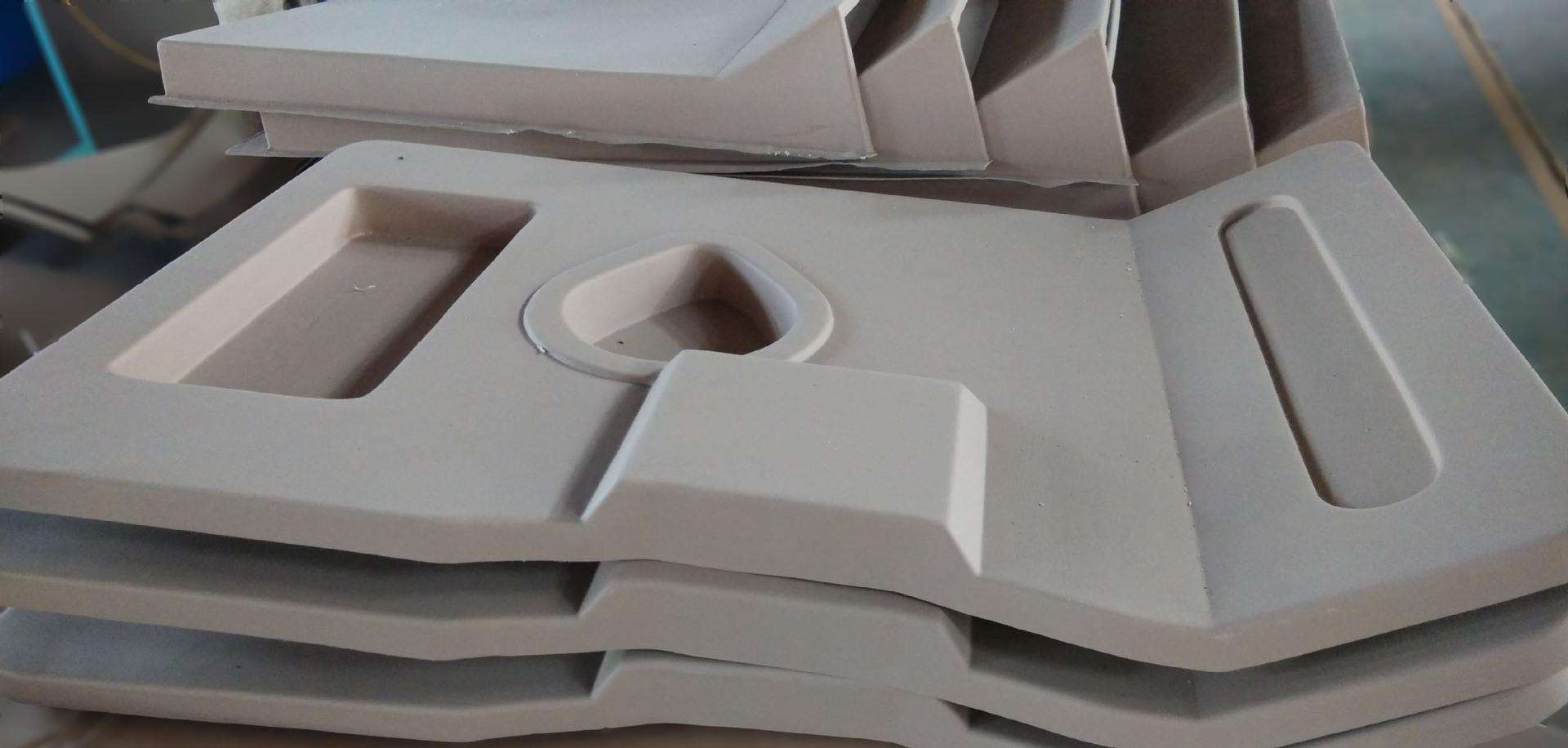
Application areas:
Automotive industry: such as car bumpers, car interior parts, car shells, etc. Large scale vacuum formed shells can provide good protection and decoration for automotive components, while also reducing body weight and improving fuel efficiency.
Medical device industry: can be used to manufacture casings for medical equipment, such as CT machine casings, ultrasonic instrument casings, medical instrument trolley casings, etc. Its excellent insulation performance and corrosion resistance can meet the safety and hygiene requirements of medical equipment.
Electronic and electrical industry: including TV casings, computer monitor casings, printer casings, etc. Large vacuum formed shells can achieve complex shape designs, meet the appearance and structural requirements of electronic and electrical products, and also have certain anti-static and electromagnetic shielding functions.
Aerospace field: It is also applied in the interior parts and components of aircraft and spacecraft, such as aircraft seat backrests, luggage compartment shells, etc. The lightweight characteristics of large vacuum formed shells help reduce the overall weight of aircraft, improve fuel efficiency and flight performance.
Advertising display industry: used for making large billboards, lightbox shells, display stands, etc. Its rich color and styling ability can attract people's attention and achieve good promotional effects.
Material selection:
ABS plastic: It has good strength, toughness, and corrosion resistance, is easy to process and shape, has a smooth surface, and can be dyed in multiple colors. It is commonly used in products such as automotive and electrical casings.
HIPS plastic, also known as high impact polystyrene, has good toughness and impact resistance, and is relatively inexpensive. It is commonly used to make large vacuum formed shells that do not require particularly high strength, such as toy shells, packaging shells, etc.
PP plastic: It has good heat resistance and chemical stability, is non-toxic and odorless, and can be used in fields such as food packaging and medical equipment. In large vacuum formed shells, PP plastic is commonly used to make products that require high hygiene standards, such as drug packaging shells, food processing equipment shells, etc.
PC plastic: It has high strength, high transparency, and good weather resistance, and is commonly used to make large vacuum formed shells that require high transparency and strength, such as airplane portholes, car lampshades, large billboards, etc.
PET plastic: It has good transparency, toughness, and chemical resistance, and is commonly used to make packaging bottles, food packaging boxes, etc. In large vacuum formed shells, PET plastic can also be used to make products that require high transparency, such as display stands, lightbox shells, etc.
Production process:
Mold making: According to the design requirements of large vacuum formed shells, make corresponding molds. The quality and accuracy of the mold directly affect the molding effect and dimensional accuracy of the vacuum formed shell.
Plate heating: Place the selected plastic plate in a heating device for heating, softening it to a state that is easy to form. The heating temperature and time need to be precisely controlled according to the type and thickness of the plastic sheet.
Vacuum adsorption molding: The heated and softened plastic sheet is quickly covered on the mold, and the air between the mold and the sheet is extracted by a vacuum pump, so that the sheet is tightly adhered to the surface of the mold under atmospheric pressure, forming a large vacuum formed shell with the same shape as the mold.
Cooling and shaping: After the plastic sheet is adsorbed onto the mold and formed, it needs to be cooled and shaped to maintain its formed shape. The cooling method can be air cooling or water cooling, and the cooling time also needs to be reasonably controlled according to the size and thickness of the product.
Demolding and post-processing: After the large vacuum formed shell is cooled and shaped, it is demolded from the mold and necessary post-processing is carried out, such as removing burrs, trimming edges, polishing surfaces, etc., to improve the appearance quality and dimensional accuracy of the product.
Quality Control:
Dimensional accuracy: The dimensional accuracy of large vacuum formed shells is one of the important indicators for measuring product quality. In the production process, it is necessary to ensure that the dimensional accuracy of the product meets the design requirements through precise mold design and processing, strict control of sheet heating and forming, and reasonable cooling and shaping time.
Appearance quality: Appearance quality includes surface flatness, glossiness, color uniformity, and the presence of defects. In the production process, it is necessary to improve the appearance quality of products by selecting high-quality plastic sheets, optimizing heating and molding process parameters, and strengthening the cleaning and maintenance of molds.
Physical properties: The physical properties of large vacuum formed shells, such as strength, toughness, corrosion resistance, etc., also need to comply with relevant standards and requirements. In the process of material selection and production process control, it is necessary to fully consider the product's usage environment and performance requirements to ensure that the physical properties of the product meet the needs of practical applications.
Environmental requirements: With the continuous improvement of environmental awareness, the environmental requirements for large vacuum formed shells are also receiving increasing attention. In the process of material selection and production, it is necessary to choose plastic materials that meet environmental standards and take effective environmental measures to reduce environmental pollution and energy consumption during the production process.














